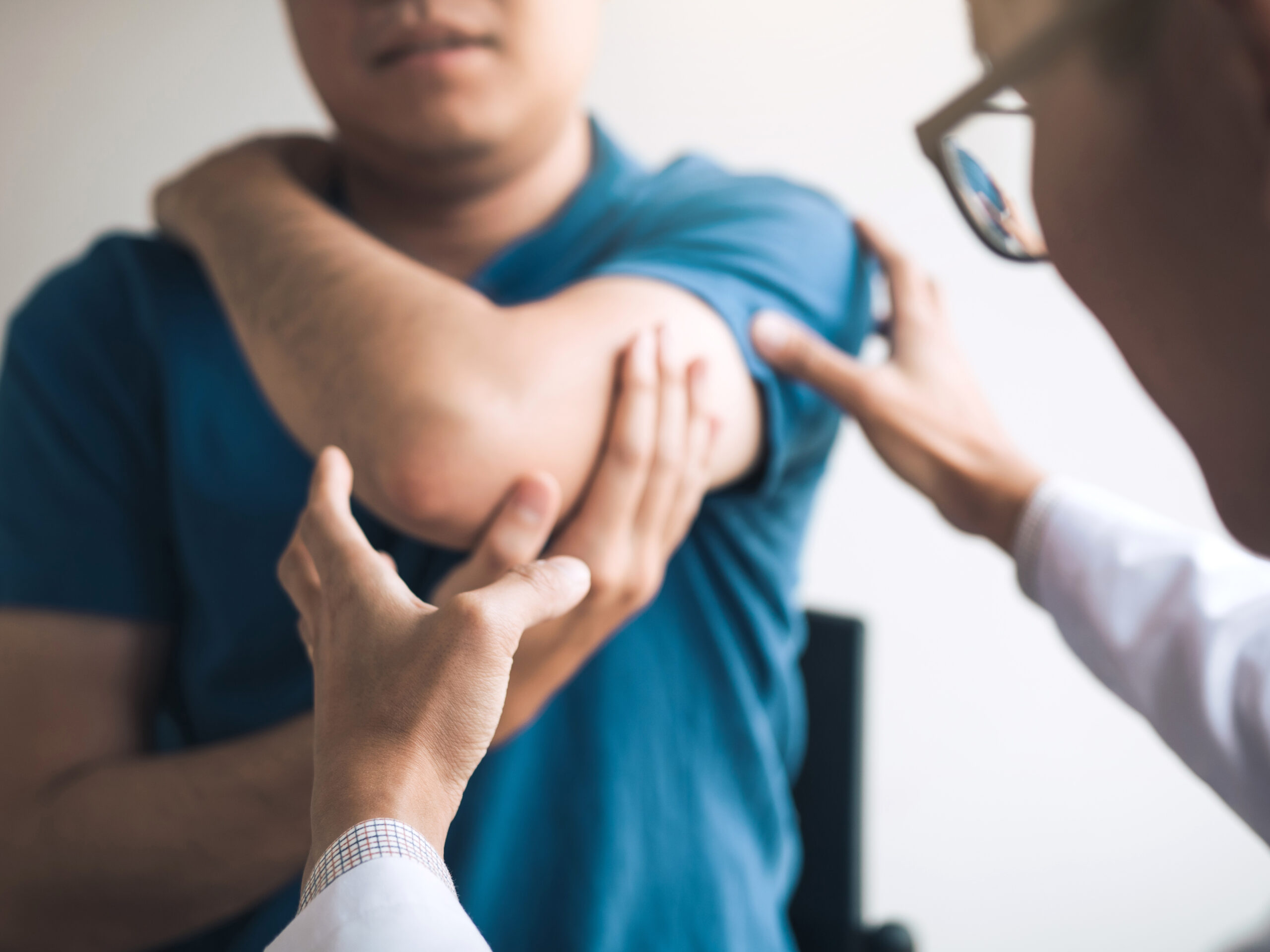Risk Insider: Jack Hampton
Pet the Police Dogs — Bring in the Drones
An automobile runs a red light on a dark street shortly after midnight and a police car pulls it over. Before approaching the car, the officer takes specific risk management actions.
They turn on a spotlight and dashboard camera to see and record what happens next. They verify that the license plate matches a properly-registered vehicle not reported missing or stolen. Then they Inform a police dispatcher about their location and the infraction.
If everything checks out, the officer approaches the vehicle from the driver’s side, stops just behind any occupants, and observes. He makes sure no occupant can thrust the door open and knock him down. Also, by staying somewhat behind the occupants, he can observe hands and body language for any suspicious behavior that might indicate a weapon or intent to resist questioning. That way, he can react quickly to any hostile act.
These are good risk management practices but we can do more. What has changed? The availability of drones — all right, unmanned aerial vehicles (UAVs) — to enhance law enforcement and protect officers in dangerous situations. North Dakota became the first state to provide guidelines for using them. Why is the use of drones in law enforcement moving so slowly elsewhere?
No need to barricade a road to stop an errant vehicle. In this day and age, the drone electronics can simply shut down the engine. When the occupants try to flee on foot, the drone follows them until they are apprehended.
We know they work. Security teams use them along with advanced technology such as robots that explode packages that might contain bombs. Other advanced technology helps find drugs and weapons. Bob Closkey, a retired insurance company executive, recently asked me, “Why are the police not doing more with drones?”
He suggests outfitting police cars with a drone capability that can be controlled by a dispatcher. Released after a stop, it can fly close to a vehicle to observe occupants and provide a clearer view of any danger.
Suppose the violator takes off rather than stopping. The drone can track the vehicle in situations where a high speed chase would endanger police and innocent parties. No need to barricade a road to stop an errant vehicle. In this day and age, the drone electronics can simply shut down the engine. When the occupants try to flee on foot, the drone follows them until they are apprehended.
Traffic stops are the tip of the iceberg. When allowed, drones already help in riot control where police on the ground are the targets of rocks and even gunshots. Individuals hiding in the anonymity of the mob would think twice if they know they are on camera and can be arrested separately from the event. Drones can be particularly effective when rocks are thrown from behind a sea of fellow protesters. Properly equipped, a drone can engage and take down perpetrators.
Drones can even help restore order when lives are not in danger. It may be too dangerous to risk police lives to stop looting but smashing windows and theft will diminish when the word gets out that looters are being videotaped and will be prosecuted at a later time.
Another use of drones is to equip them with GPS technology and arm them. Snipers often intervene in hostage and other situations with limited ability to close in, particularly from above. Drones face no such shortcoming.
The evidence is compelling. Why is it going so slowly? Perhaps the use of drones gets mixed up in media rhetoric about privacy, police misbehavior, and gun control laws. Whatever. We made peace with animal lovers so dogs can be reliable partners with law enforcement. Why don’t we do the same thing for drones?










